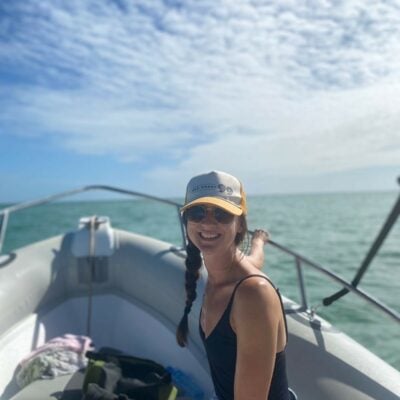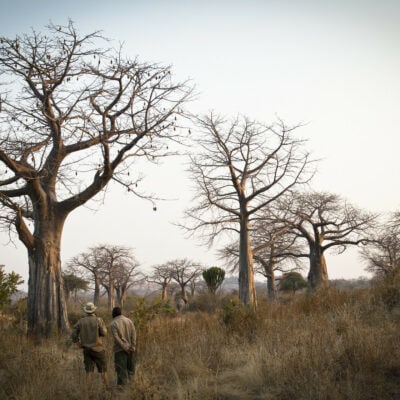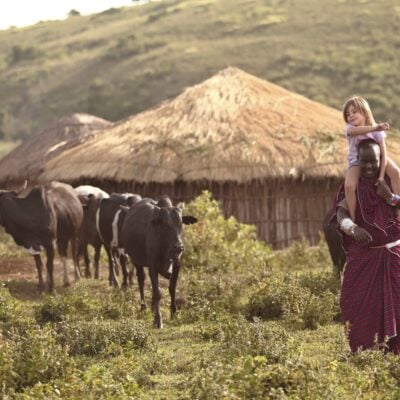We sat down with True Africa’s director, Troy Smith, to discover where True Africa began and how it’s grown over the past 20 years.
Once just another avid traveler that felt Africa calling, Troy charts the beginnings of True Africa in 2002 to his own involvement from 2012 onwards. Read on to discover where True Africa began, how it’s grown over the past 20 years, and the inside track on the best way to truly experience Africa. Spoiler alert: it’s not crossing 10 countries off your bucket-list at once…
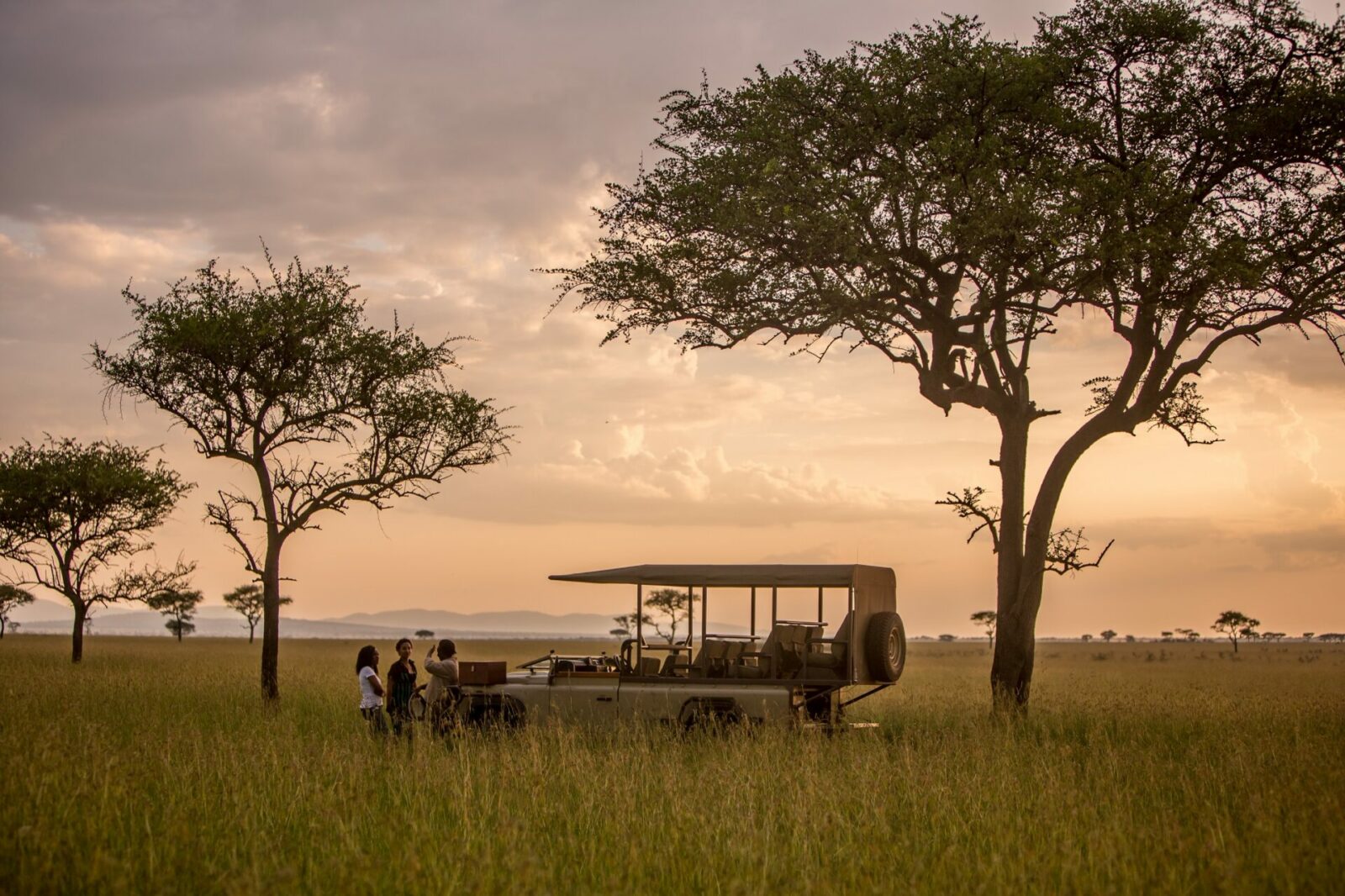
Where did True Africa begin and how did you get involved?
Troy Smith: True Africa started in Arusha – known as the gateway to Northern Tanzania – in 2002. The original owners were Dutch and they were incredibly intrepid, having traveled throughout Tanzania a few years earlier. I met them after ditching my corporate job in Australia to answer Africa’s call.
I had a few safaris under my belt by the time we met, having traveled from Kenya all the way down to South Africa, as well as spending a few months on a private game reserve and working at a camp in the Maasai Mara. I joined the team in 2012 and have been loving it ever since! The opportunity for me to buy the existing owners out came in 2014 and I jumped at the chance.
Incredibly, True Africa’s first “office” was an old shipping container underneath some acacia trees in a garden on the outskirts of Arusha. Of course, from there things have changed, but at our core as a company, we’re still rooted in Africa. Just like those acacia trees in the garden where True Africa was formed and grew, we create travel experiences that are authentically grounded in the Africa we know and love.
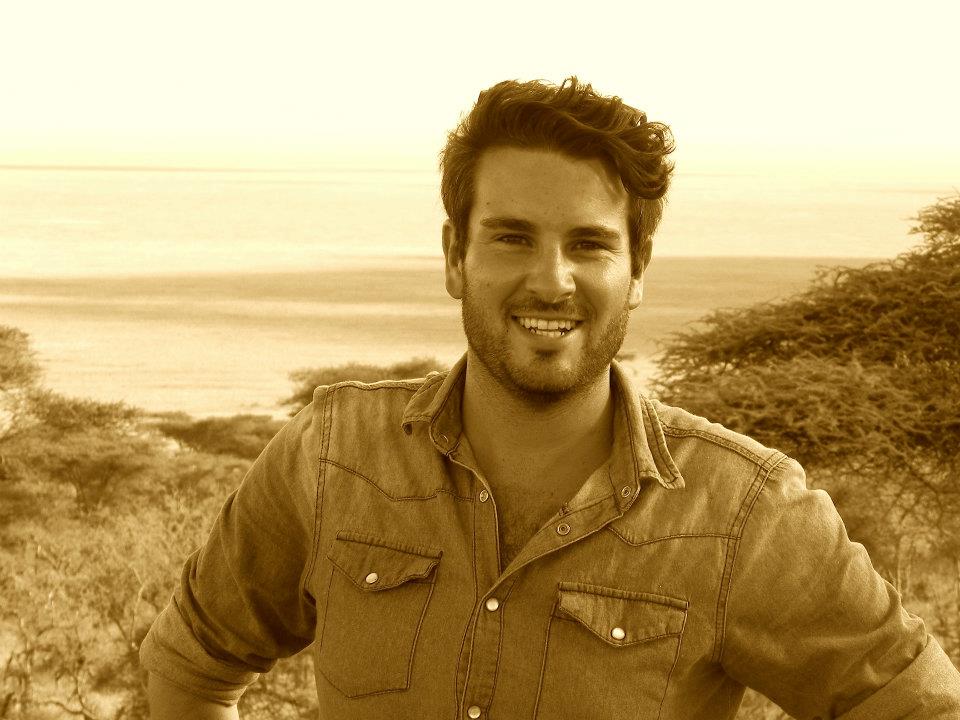
You’ve traveled throughout Africa for work and play. What’s your all-time favorite safari destination?
Troy: There are so many incredible destinations and each has something unique to offer! If I had to choose a single destination that calls me back time and time again though, it would have to be Zambia – more specifically combining the Lower Zambezi and South Luangwa National Parks. The wildlife there is incredible, the scenery is jaw-dropping and there’s a whole range of activities available. The properties all maintain a real authenticity too, which I love.
A few other firm favorites are the Naboisho Conservancy adjoining the Maasai Mara, Ruaha National Park in Central Tanzania and Botswana’s Okavango Delta. Each an impressive destination in its own right.
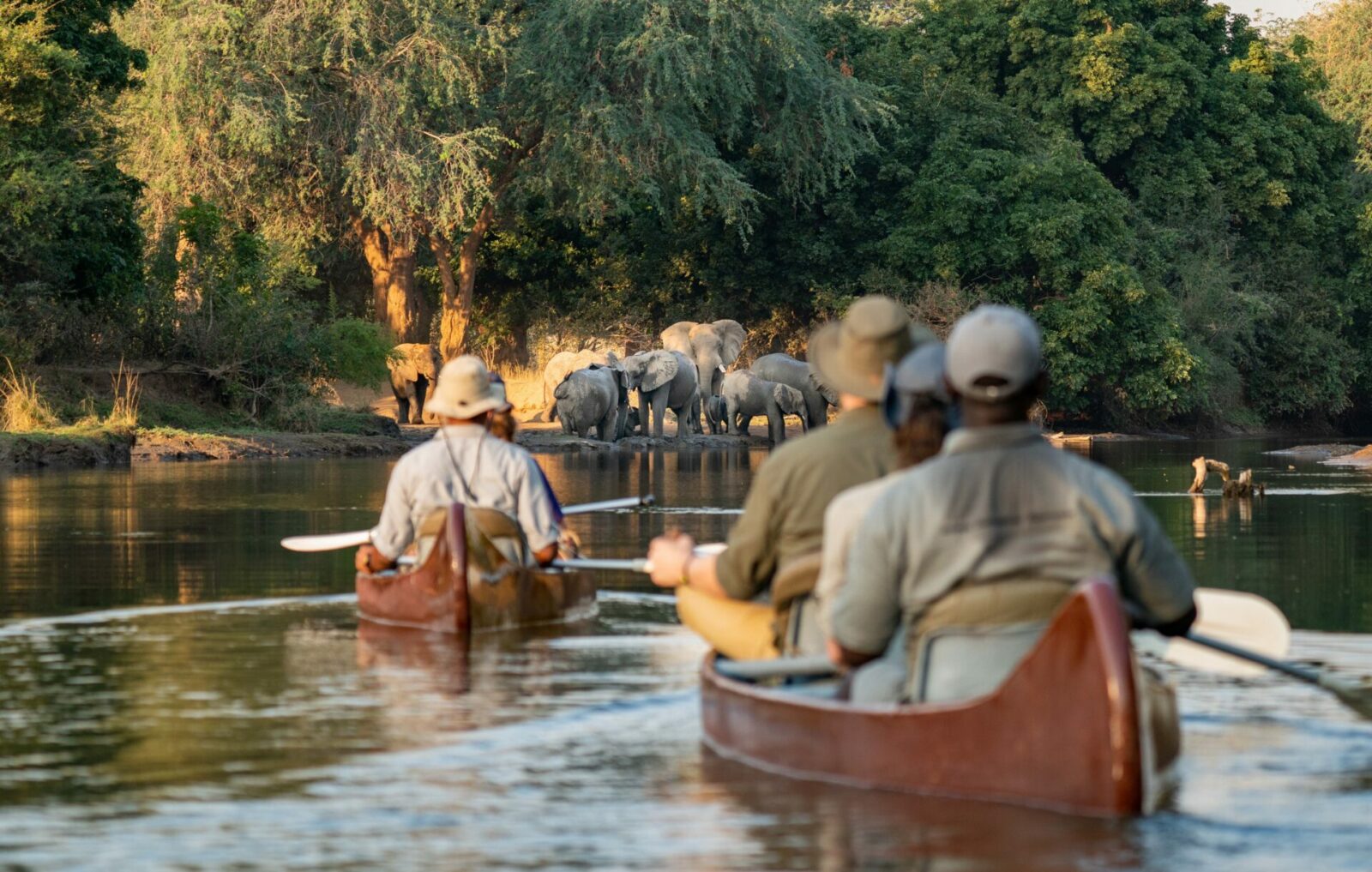
As a seasoned safari-goer, what would be your absolute must-do experience in Africa?
Troy: Slow safaris are the key to an unforgettable experience that truly shifts the mind and heart. Be wary of having too many things on your bucket-list. One of the best things about coming to Africa is adjusting to the continent’s pace – truly soaking it up with ample time to appreciate the people, places and wildlife that call this home.
Walking safaris, canoeing down the Zambezi River, and other activities that take you out of the safari vehicle give you a chance to truly slow down and connect to nature. When you’re not racing from place to place, there’s a chance to glimpse how even the smallest things in nature play a substantial role in the ecosystem. Safari-lovers that take it slowly leave with a real taste of Africa.
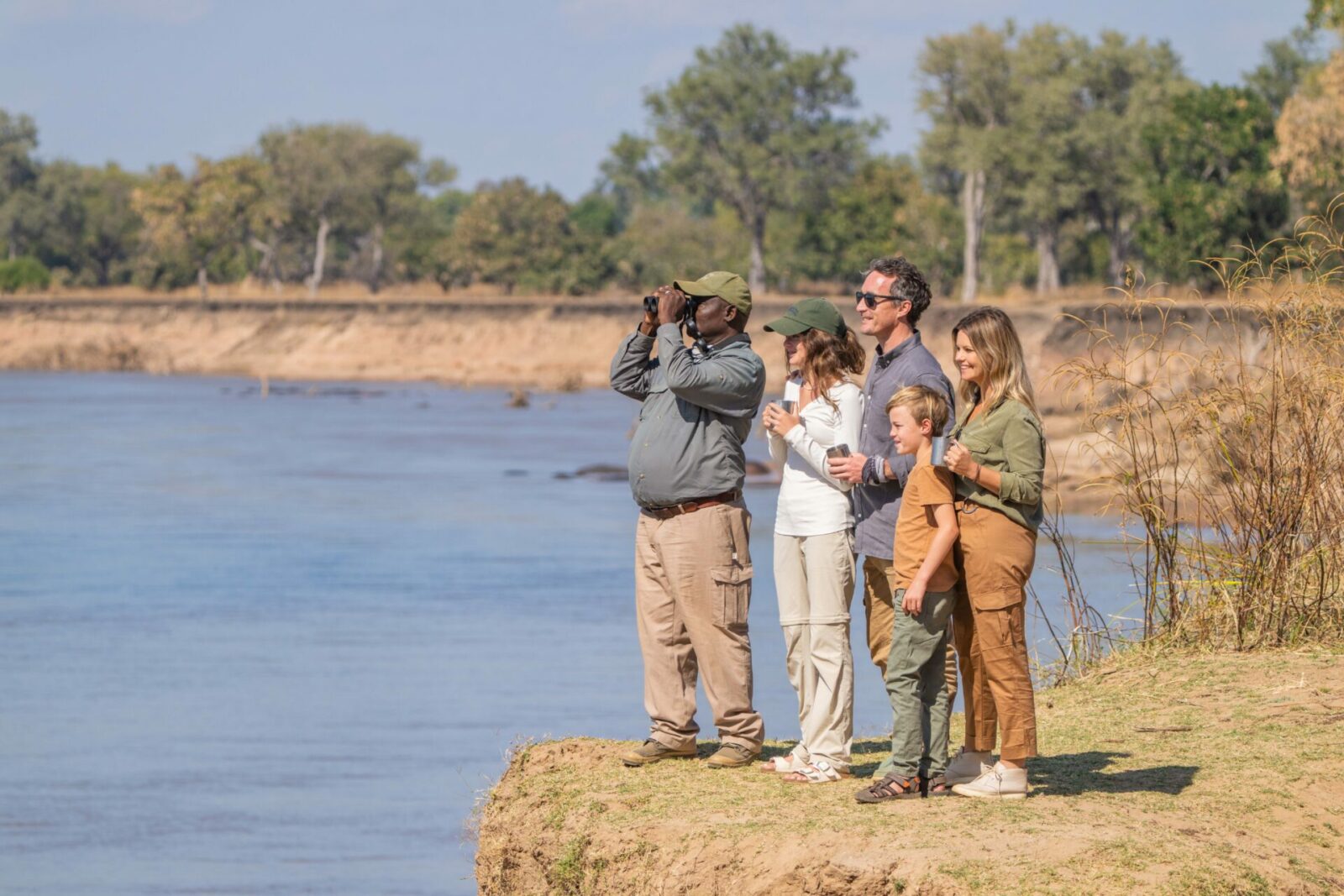
True Africa’s been in the African travel space for 20 years. What’s next for the safari industry?
Troy: Our industry has unfortunately fallen prey to a trend that’s become commonplace across industries: big business overtaking niche, small enterprises. ‘Conveyor belt tourism’ is on the rise, with transactional and heavily commercialized hotel chains and ever-expanding corporations nudging out owner-run safari camps and lodges, as well as specialist safari operators that truly know and love Africa.
True Africa is dedicated to doing our part to ensure safari-lovers stay at authentic camps and lodges. We want to inspire travelers to get off the beaten path and explore lesser-known destinations and in this way actively contribute to conservation efforts in areas which need more attention. Ruaha National Park comes to mind – an incredible region in Southern Tanzania that is not always top of mind for travelers but should be!
True Africa has grown immensely from our humble beginnings in Arusha, but we’ve remained true to our roots. We’re inspired to chart the decades to come alongside our fellow Africa-lovers, ensuring this continent remains wild and wonderful for generations to come.
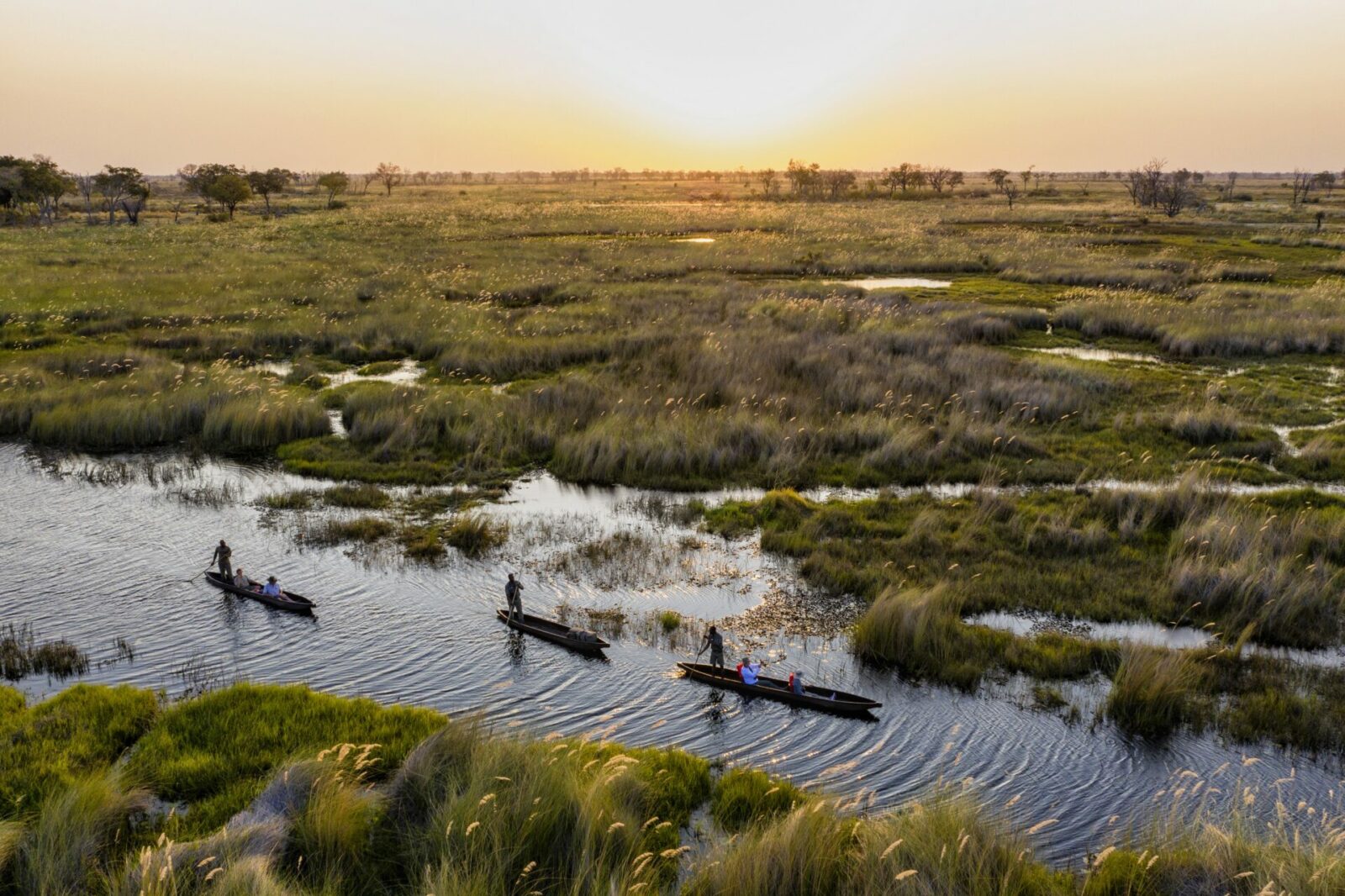
Ready to answer Africa’s call and curate your dream itinerary alongside our expert team?
Reach out to us to embark on your African adventure. With 20 years of experience and counting, we offer only the best uniquely African experiences tailored to your budget, desires, and time-line.
